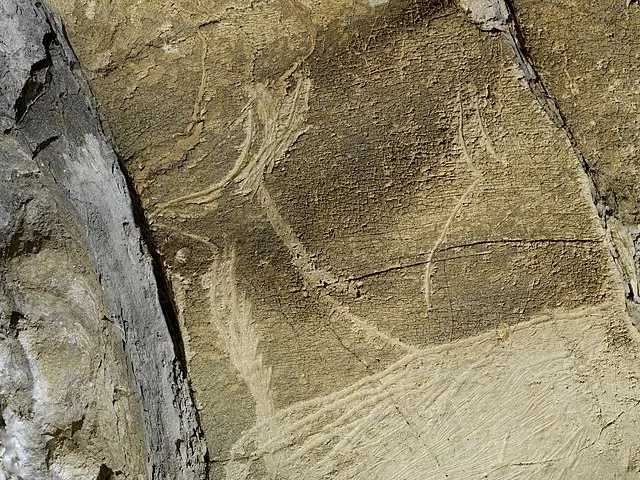The Cave of Altxerri, located in the Basque Country of Spain, contains one of the most important Paleolithic art collections in Europe. Discovered in 1962, it offers significant insights into prehistoric human life and creativity. The cave’s artwork dates back to around 13,000 BC, placing it within the Upper Paleolithic period.
Get your dose of History via Email
Location and Discovery
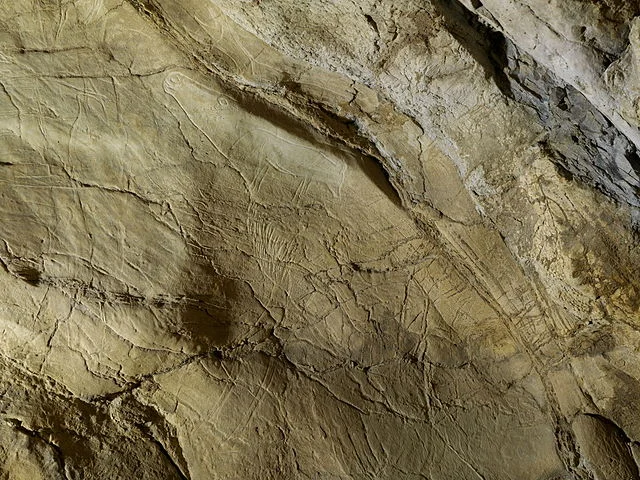
Altxerri Cave is situated in the municipality of Aia, near the coast of the Bay of Biscay. Its discovery by local speleologists in 1962 revealed a treasure trove of prehistoric art. The cave’s geographical location is vital, as it lies in the Basque region, an area rich in archaeological findings.
Paleolithic Art in the Cave
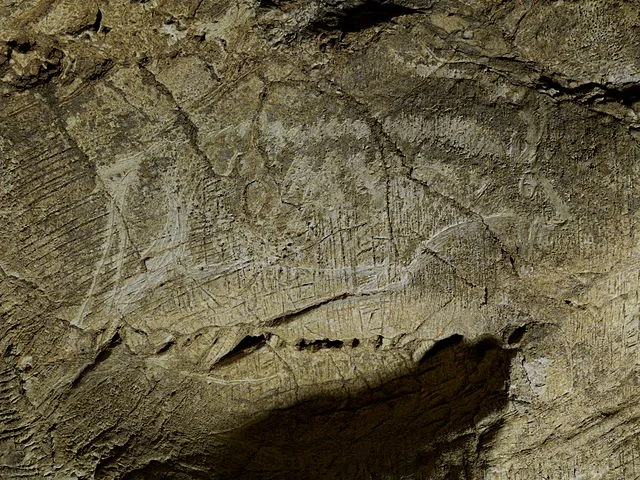
The cave is renowned for its Paleolithic cave paintings and engravings. These artworks are dated to approximately 13,000 BC, making them some of the oldest known examples of human expression. The drawings primarily depict animals, including bison, reindeer, ibex, and horses. The detailed representations of these animals show the artistic skill and cultural importance they held for the people of that era.
Additionally, abstract signs and handprints found in the cave further contribute to our understanding of symbolic communication in prehistoric societies. The combination of figurative and abstract art in Altxerri sets it apart from other Paleolithic sites.
Altxerri A and Altxerri B
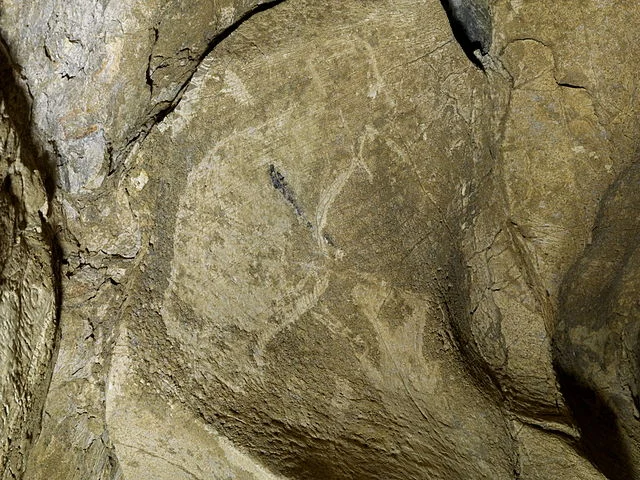
The cave is divided into two main sections, known as Altxerri A and Altxerri B. Altxerri A contains most of the artworks, including the famous animal figures and engravings. Altxerri B, discovered later, includes more abstract representations and is less accessible due to its vertical passages.
Cultural and Historical Significance
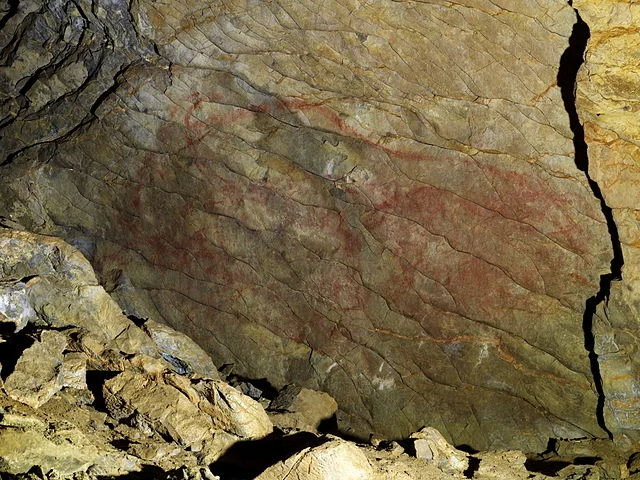
Altxerri is part of a network of significant Upper Paleolithic cave art sites, including the famous Altamira Cave. The art found in these caves provides key insights into the spiritual and social lives of prehistoric humans. The presence of similar art in various caves suggests a shared cultural tradition across regions.
The artwork in Altxerri demonstrates the symbolic and ritualistic importance of animals in Paleolithic society. Scholars believe these representations might have had a role in hunting magic or spiritual beliefs, though the exact meaning remains speculative.
Preservation and Challenges
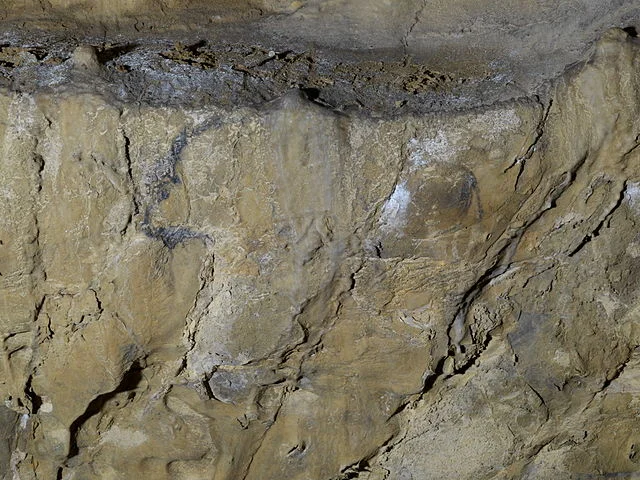
Preserving the cave and its art is a challenge due to natural deterioration and human activity. In recent years, access to Altxerri has been restricted to protect the fragile environment within. Continued research and conservation efforts are crucial to ensure the cave’s survival for future generations.
Conclusion
The Cave of Altxerri offers a glimpse into the artistic and cultural life of humans over 15,000 years ago. Its Paleolithic art provides valuable evidence of early human creativity and social complexity. As a site of both national and global importance, Altxerri remains a focus for ongoing research and conservation. Its continued study helps deepen our understanding of prehistoric societies and their relationship with the natural world.
Source:

